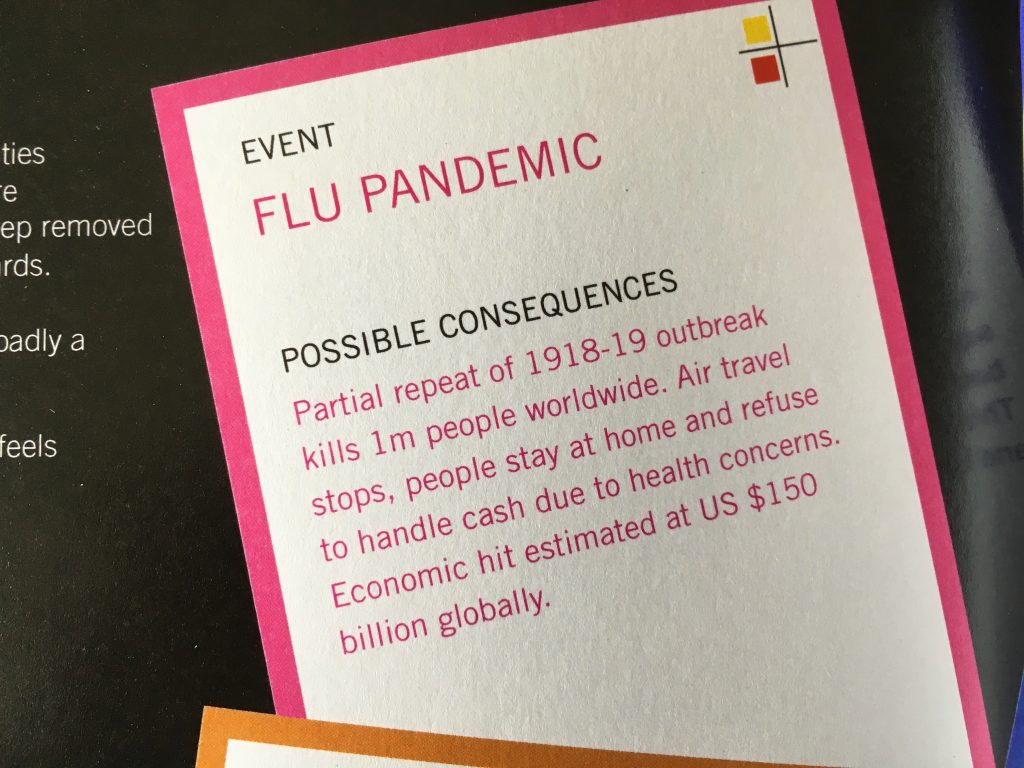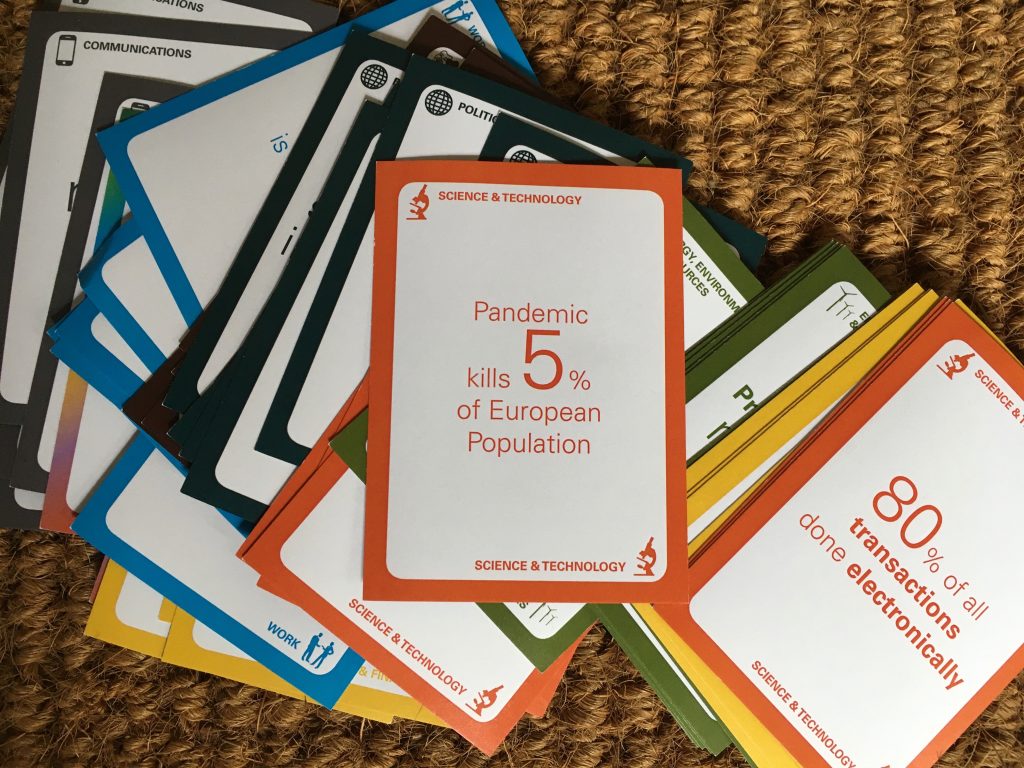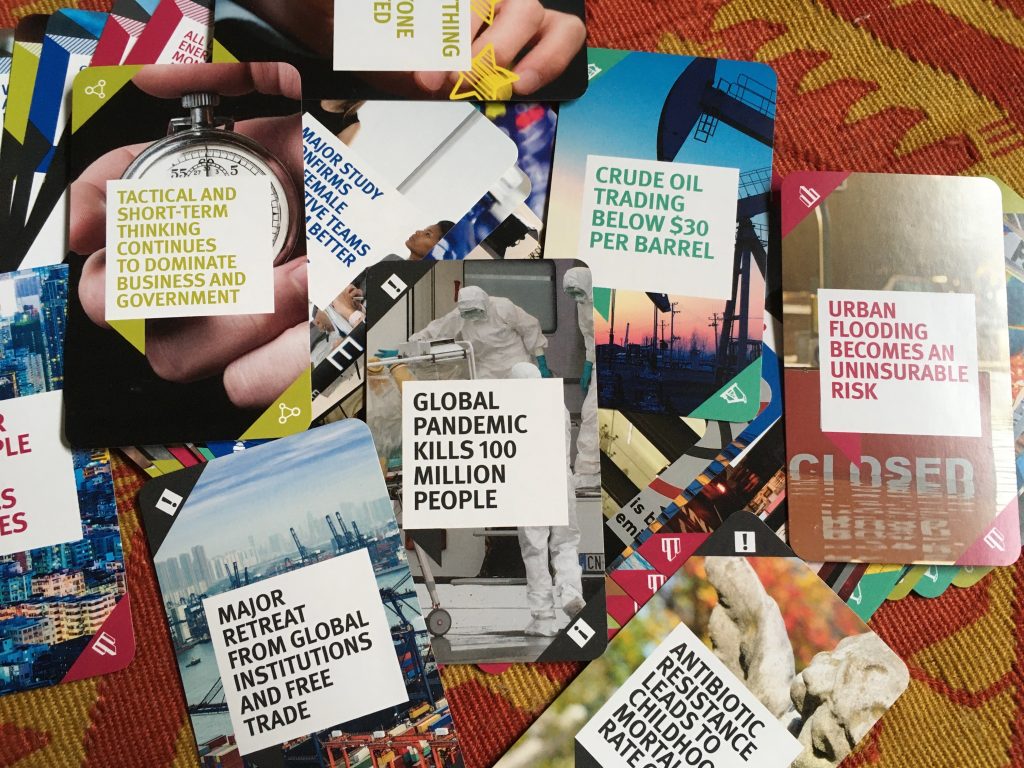Instructions for how to light a candle!



I should possibly be more of a Pollyanna presently, but I just have an unhealthy tendency to think about the opposite of conventional wisdom. Case in point is Covid-19. It’s over right? Finished. Finito. Probably. But cases are still significant all over the world. This includes the US and the UK and while the overall trend is undoubtedly downward, but you should know by now what I think about trends when it comes to predicting the future. Bit useless.
I might also add that in China the situation is a bit dystopic. The natives are getting restless (can you still say that?). Putting aside global supply chain disruption and the possibility of a significant global economic downturn (caused as much by worker absences than by covid-per se) there’s the whole Russia/Ukraine situation (which appears to have accidently created a united Europe and a warp-speed green energy revolution – who saw that coming?)
But my main worry currently is that there’s a remote possibility that the virus might significantly mutate again (and again). I must say I was relaxed about this until a virology Professor pointed out to me that the ever-weaker strain theory is just that, a theory. There is no proof of this being the case (note to self: stop talking to virology Professors). The bottom line is that IF a seriously nasty mutation occurs, we may have to start all over with vaccines and lockdowns, although I very much doubt whether there’s much appetite for the latter.
And China. I’ve always talked about China being much more fragile than many people imagine. They have a significant demographic imbalance in terms of the number of young men in their population.
If China has economic growth in high single digits or teens and these men have jobs, apartments and what have you, then all is fine.
Dream of getting rich, but just don’t criticise the ruling party.
But if an economic slowdown occurs (caused either by internal issues or, more likely, external factors – remember China is still currently beholden economically to external demand – then these young men might get mightily pissed-off.
T2. (You’ll have to work out what T2 means for yourselves. Suffice to say that if I spelt it out, this post might piss certain people off).
The Covid-19 line is dreadful, but I actually think the suicide line is worse in some senses.

There is a narrative slowly emerging that Corona (Covid-19) is a true Black swan event. For example, according to Fred Cleary, a portfolio manager at Pegasus Capital, quoted in the FT’s excellent Long View Column, “Covid-19 is a black swan”. I could be wrong, but from recollection of reading the book, a Black Swan event is something that people cannot possibly imagine and therefore cannot possibly predict.
9/11 was a Black Swan event. Corona virus is not. In scenario-speak it is a wild card event that breaks all scenarios, but this is most definately not something that has not been foreseen. I worked with an Australian bank back in 2005 and a pandemic was on the table so to speak. It was one of the main topics of a UK government risk workshop in 2015 (by main topic I mean it was one of the events considered most probable (when not if as they say), it featured in some strategic trends work with the UK Ministry of Defence too (again, as a strategic shock), in some library scenarios, some work for KPMG and finally some disruption cards created with Imperial College.
The problem, of course, is not predicting, forecasting or foreseeing, but in assigning probability to such events or ideas. If the probability is widely considered to be low it will be largely ignored. It also touches on not what, but whom, in the sense of who gets listened to, why and when. BTW, is this is all a bit doom and gloom, my view is that the current pandemic is quite mild in terms of mortality. This too will pass, although next time we may not be so lucky.



I was at a Lloyd’s Insurance event last night and the subject of a major Californian earthquake came up in conversation (not if, when). I’ve written about mega-quakes before, but what ‘ve I’ve never really thought through is the location of Silicon Valley relative to the major fault lines. OMG.
Map key:
San Andreas Fault: Green
Hayward Fault: Yellow
Rodgers Creek Fault: Purple
Calveras Fault: Red
Concorn-Green Calley Fault: Blue
Greenville Fault: Orange
San Gregorio Fault: Black.
Here you go then. Use this link to get to a high resolution version. A3, A1 and rather wonderful AO sized copies on paper are available upon request (no charge except for print, post and a cardbaord tube). See you in the future.
I was going to add this as book of the month in brainmail, but I figured it was a little depressing. Here is fine, of course! One for the scenario thinkers at the Ministry of Defence and MI5 perhaps?
A State of Fear: Britain after a Dirty Bomb by Joseph Clyde.
Joseph Clyde is a pseudonym of George Walden btw, a former diplomat and government minister. The book is a novel
Amazon link here.
A few years ago someone came up to me after I’d given a speach at a risk conference and said that I was missing a wildcard risk. He proceeded to tell me that the world would change if we gained the ability to communicate with animals. The risk would be that they might not be happy with what we were doing to our (their) planet.I thought it was a good wildcard/risk, but not one we need worry about too much.
So a few years on and I’ve just picked up a book called Pulphead by the American writer Jeremiah Sullivan and randomly opened it at page 309. The chapter is titled Violence of the Lambs and it’s about how animal behaviour is possibly changing, possibly in reaction to climate change or the continued encroachment of the human species. In short, what might the biological endgame be for some of the more evolved animal species?
What we are talking about here is essentially animals attacking humans. Like Hitchcock’s The Bird’s, but with bears, wild dogs, chimps, elephants and killer whales as well as crazed seagulls. If you remember what happened to Steve (Croc-hunter) Irwin with a ray you might get the idea. The chapter, indeed the whole book, is worth a read.